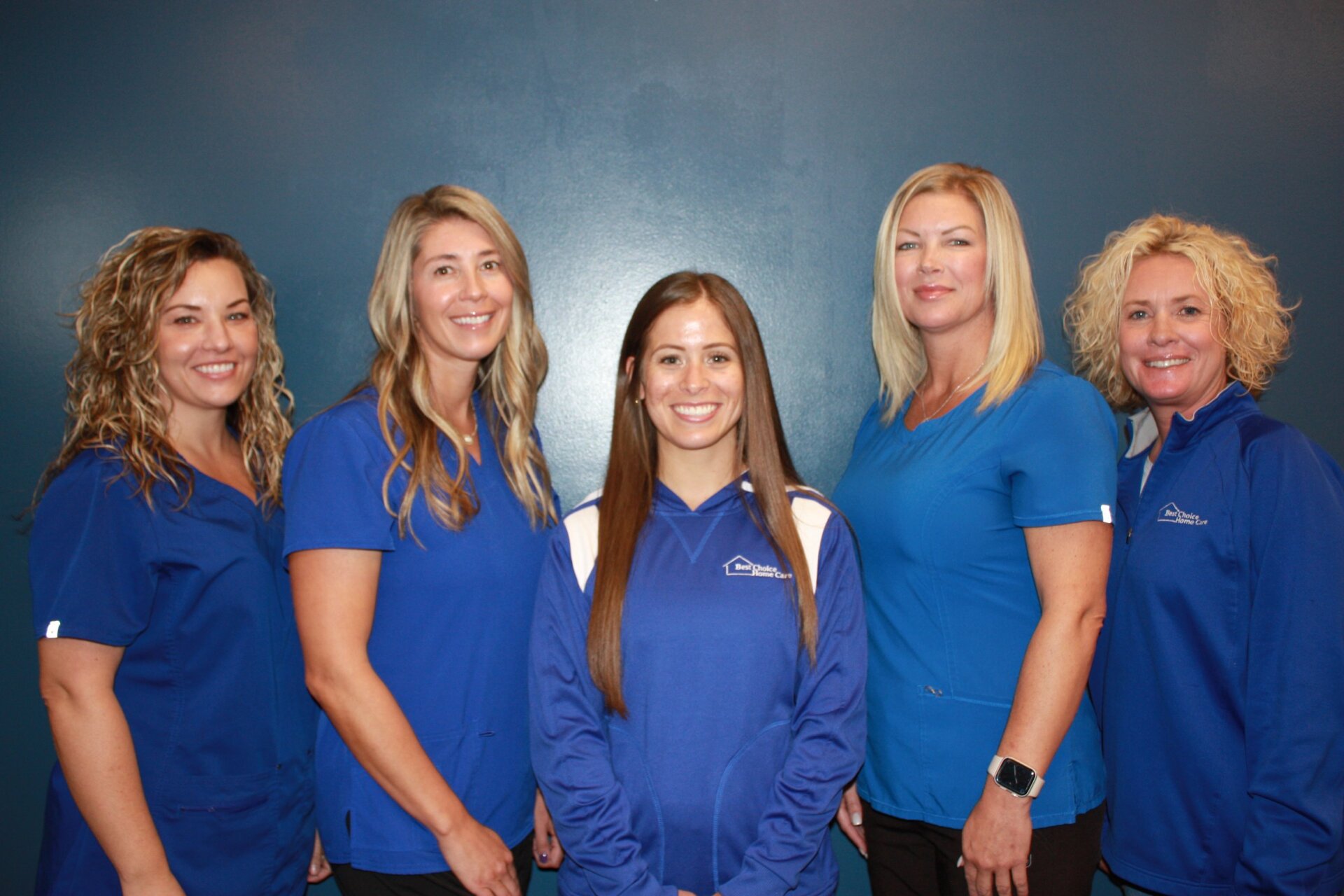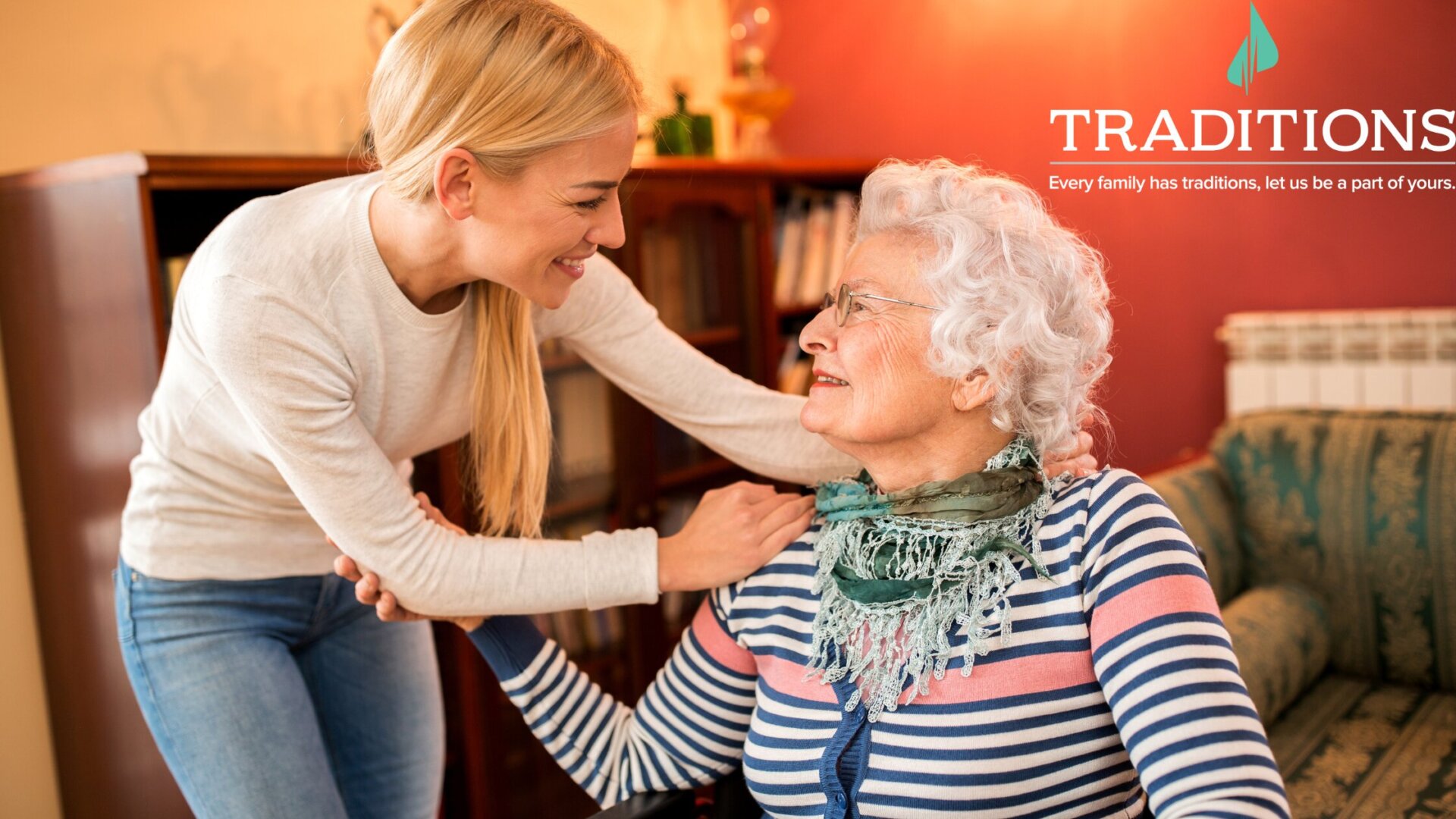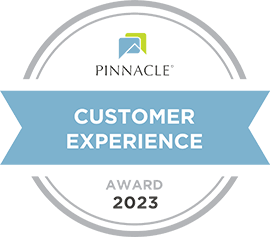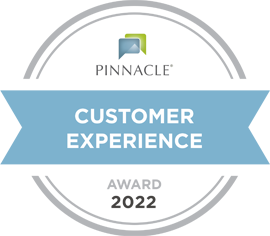How to Shop Safely in the Time of Coronavirus
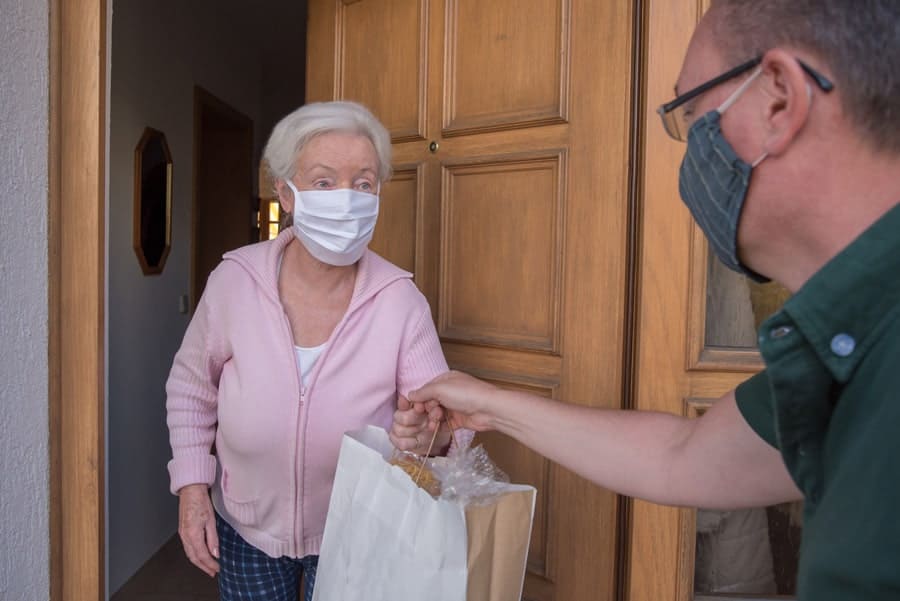
Tips and Resources for Seniors to Stay Safe and Find What They Need
While nearly everything has changed over the past couple of months and almost daily, there are some constants. We need to keep the refrigerator stocked and fill prescriptions, kids graduate, people celebrate birthdays and, as luck would have it, we all need toilet paper.
Meeting these needs and remembering others’ special moments (if only from a distance) takes a little extra planning now. Even Amazon Prime can’t fix everything.
So, how do you find what you need without sacrificing safety and a lot of extra lead time?
Shop Online
Chances are it didn’t take a worldwide pandemic for you to get comfortable shopping online. But if it did, it’s never too late.
Even small, local retailers have moved much of their inventory online and made it easy to shop and pay online securely with a credit card or a variety of apps and payment services (e.g. PayPal, Venmo, Apple Pay, and many more big bank services). Consumer Reports breaks it all down for you here. Or ask a Millennial in the family to help you set yours up.
You can shop for almost everything this way, including groceries. Each store or grocery chain will have its own system designed to let you search for specific items by brand, size, and quantity. Grocers will even let you choose whether or not to allow substitutions when they’ve run out of something on your list. It’s all very intuitive, give it a try.
What to remember: Don’t wait until you need milk to order online. Pick-up and delivery were taking up to a week from the order date in some markets.
We recommend having a running order you can add to (just like a grocery list) and don’t wait until you run out to hit send. Many apps will let you schedule a recurring order (e.g. once a month), or a 90-day supply (e.g. prescriptions) and will save your previous orders to make it easier next time.
Choose Delivery or Curbside Pick-up
Whether you order online or over the phone, be sure to ask about delivery services. Many local deliveries are free or can be arranged for a small fee.
You can even specify where you’d like your goods delivered (e.g. on the front porch, in front of the garage, etc.), and someone will ring the bell, knock, or even call or text you once they deliver.
If delivery isn’t available, ask about contactless curbside pick-up. Most stores will provide a phone number to call once you pull into a designated area. Pop your back hatch or trunk and they will load everything for you.
What to remember: With both options, you can pay in advance so there is no exchange of money or contact required.
Shop In Person During Off-Peak Hours or During Special Designated Times
Many grocery chains, pharmacies, and club stores are designating a block of time (most often first thing in the morning) for high-risk people to shop (i.e. people 65 or older and those with serious underlying medical conditions).
Experts say this can be a safer in-person option because the store has been freshly sanitized and is much less crowded. They also recommend planning your visit. Make your list, and stick to it. Now’s not the time to wander every aisle.
The CDC also issued these in-person shopping guidelines to make it as safe as possible:
- Only shop in person when you absolutely need to.
- Avoid shopping if you are sick.
- Stay at least 6 feet away from others.
- Cover your mouth and nose with a cloth face covering.
- Shop during off-peak hours or during special hours for high-risk people (65 or older, and those with serious underlying medical conditions).
- Disinfect the shopping cart with wipes if available.
- Don’t touch your eyes, nose, or mouth.
- Use touchless payment if available.
- Use hand sanitizer right after paying with cash or touching a keypad.
- Use hand sanitizer after leaving the store, then wash hands with soap and water for at least 20 seconds at home.
Source: Centers for Disease Control and Prevention
What to remember: The less exposure to others, the better. Make a list and follow CDC safety guidelines. Pay with a credit or debit card that can be disinfected after use.
Ask Someone to Pick it Up for You
The people who care about you are just waiting for the opportunity to show you. Especially now. But sometimes it’s tough to know how to help.
Be specific. Ask for what you need, or take someone up on the offer when they ask if you need anything. You would do the same if you were in their position.
What to remember: You are not being a burden. People are looking for ways to make life easier for others. Check with family, a friend, a neighbor, or even your church or neighborhood association if you need help.
And Then What?
No matter how you get essentials, there are some simple rules to follow to keep you safe:
- After you get home or bring in shopping bags or boxes, put them in the garage or on the floor and wash your hands.
- After you put everything away or are ready to open, wash your hands again. Also, disinfect door handles and surfaces.
- According to a recent article in AARP, as well as the CDC, “contact with food and food packaging isn’t thought to be a main way the virus spreads,” so there is no need to disinfect packaging or foods themselves. Simply rinse fresh produce like you normally would in water.
With a little planning, you don’t have to sacrifice safety to plan a menu, celebrate someone special, and stay healthy. And when in doubt, wash your hands one more time.
We hope you’re finding ways to stay healthy and happy, and that you reach out to others to be sure they do the same. We’re here for you if you need us.

